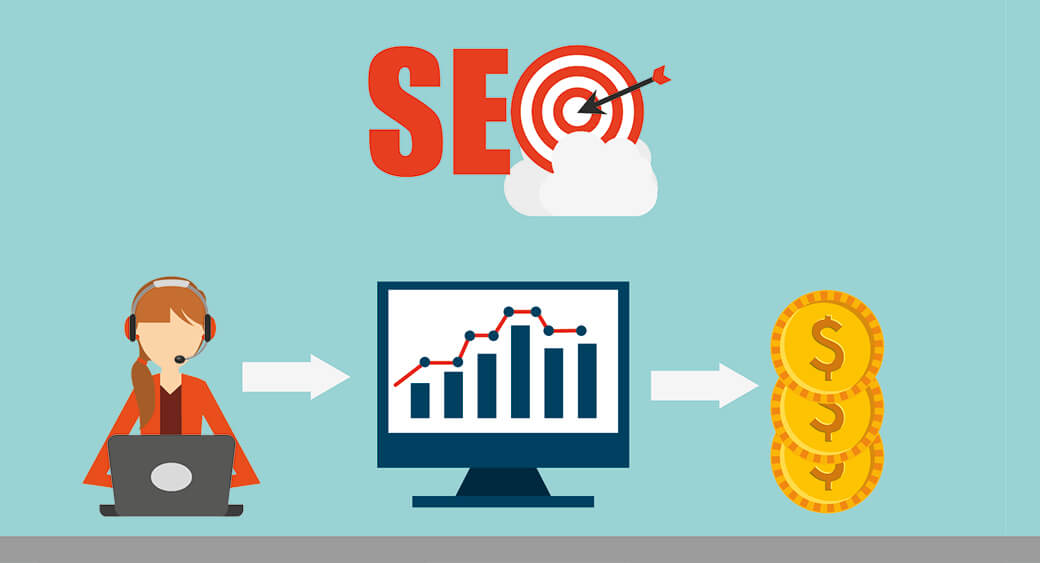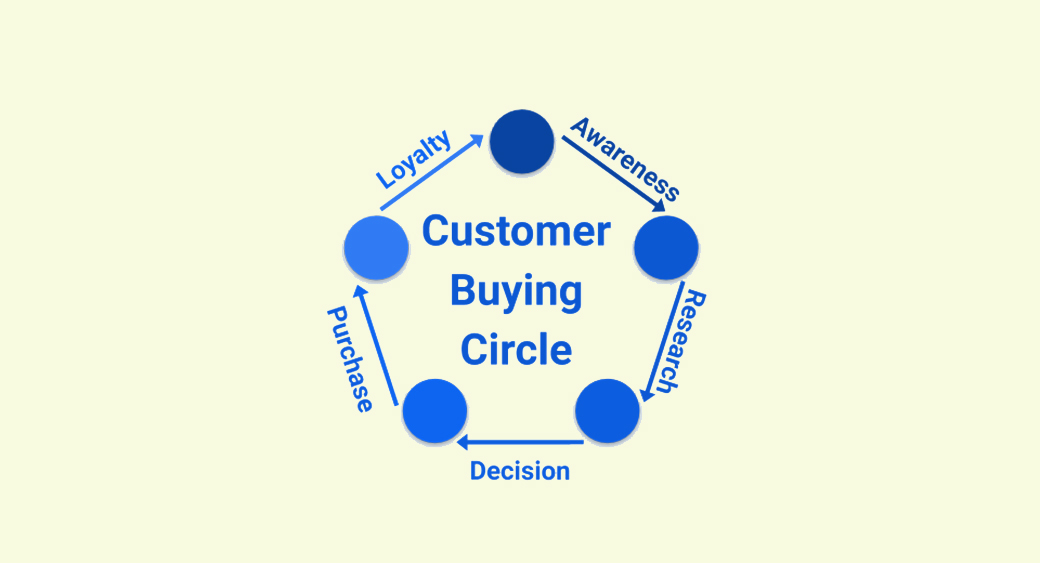Online Shopping and SEO: How SEO Changed The Way We Sell
When do you think SEO first started to impact businesses? When did the first connections of online shopping and SEO appear? You might be surprised to know that it was in the same decade that brought us Girl Power, Tamagotchi’s, and the DVD. Nostalgia-filled 90’s! The first iteration of a search algorithm, BackRub, was released in 1996. Of course, you now know it as Google. Now, 24 years later, this technology has been refined and updated, and has more than 90% of the search engine market share. You know it as Google.

Over those years, online shopping has grown into a multi-billion-dollar, worldwide market. In 2019, Statista reported that e-commerce accounted for 22% of total retail sales worldwide, and global online spending is predicted to reach $969.7 billion per year in 2023, according to Emarketer. With the growth of both online marketing and the way we understand SEO’s place in the process, there have been big changes to the way products and services are promoted and sold. This is true of all industries and sectors with an online presence. Let’s consider the three key ways of changes in online shopping and SEO.
We’re More Focused on Educating Customers in Online Shopping and SEO
Customers are crying out for information – they want to know what a product or service is going to do for them, how it meets their needs, and what it offers that they can’t find elsewhere.
The customer journey, or conversion funnel, illustrated below, shows the psychological journey customers go through when making a purchase. From needing something to solve an issue, to continuing to buy the same product repeatedly. SEO now plays a big part within this cycle.

During the research phase, customers, or online shoppers, are actively looking for reasons to buy your product. Providing in-depth and useful information about your product or service at this point gives them a reason to trust your brand, and gives you the opportunity to answer their questions and convince them that your product or service is the best to meet their needs.
In addition, creating lots of informative content gives your brand and website authority. It means that your target audience will be visiting your site for information whenever they have a question and that will help to increase your search rankings.

Lots of content means lots of opportunities to use those all-important keywords and related phrases to make sure new and potential customers can find you when they start looking for answers.
With almost all businesses now having an online platform, the barriers to purchasing, such as distance, have been reduced. Customers now have an almost unlimited number of options when it comes to choosing where they buy products.
We Focus on Providing High-Quality Content
SEO is not just about having the right words on your website. How long visitors spend reading them, whether they then send it to their friends and how often they follow links and continue exploring other pages on the website are all important factors in how important search engines believe your website to be.
So, how do you get visitors to stay longer and tell their friends, neighbors, and Nan about you? You give them something worth reading. You provide high-quality content that they want to read, find out more about, and then show to anyone who will listen.
As algorithms change, so does the definition of what search engines consider to be ‘quality content’. A few fundamental factors remain strong, though. Content that is:
- unique
- informative
- written for humans, not formulas,
- focused on adding value for the reader,
- credible and based on solid research,
- specific to the topic being discussed
will perform better than content that has been copied from elsewhere, or that uses heavy keyword stuffing. Quality content will impact your sales technique, too.
Becoming a brand known for informative content attracts new customers. It feeds into word-of-mouth advertising, which might be old-school now, but is still one of the most effective forms of marketing. When your potential customer starts sharing your content with her friends, they become more likely to do three things:
- Read it, adding to your visitor count, and boosting your authority
- Buy it, increasing sales
- Tell other people, continuing the whole cycle again.

We Respect Links in Online Shopping and SEO Strategies
Link building. It’s one of the most important parts of SEO, but what has it meant for selling? Well, if you were selling a product before e-commerce began to grow so rapidly, the chances are you wouldn’t show a customer the benefits of a product, then send them to a competitor’s shop to read their research.
However, when building links online, it’s important to make sure that every site you could send your reader to, will add value to them. Backing up your claims by referencing the work of other experts shows potential customers that you know what you are talking about. Even more than that, it shows the search engines that you’re as knowledgeable as others in your field and therefore important.
Responsible link building both increases the authority of the website and builds trust with potential clients. Irresponsible link building often leads to penalties and can see your website disappear from search results, which will impact sales, reputation, and leave you with more work to do to fix it in the long term.
It’s not just where your customers are sent via your links that impact your reputation, either. Anybody is able to check the backlink profile of any website and see if there are any unsavory tactics being used. So, it’s best, on all occasions, to follow best practices.
Link Building Strategies
Link building goes two ways. Building relationships with other experts in your industry and having resources that they can link their visitors too will also strengthen your profile and authority.
This is another strategy that was – and is – rarely seen in offline sales between direct competitors. But, it is really not unusual to see similar businesses working together online and off, to give customers an all-round better experience.
For example, event planners will work with a range of providers and are likely to mutually signpost to one another’s content.

Using Online Shopping and SEO Knowledge Wisely
The premise of sales has never changed. Businesses want customers to choose them over other businesses. The strategies, methods, and tactics used to achieve this are evolving all the time. But one thing remains true.
It’s about the customer.
Customers are focused on their own needs and issues. Therefore, to be seen, you must make everything you do, about the customer. Create content they want to see, create it at a standard they will want to read and take them to other places where the focus is on fixing their problems.
At the same time, customers are constantly comparing products, experience, price, and information to find the business that best meets their needs. That means that the way you sell, and your content and SEO strategy not only need to give them all the information they are looking for, it also needs to blow other options out of the water.




Leave a Reply